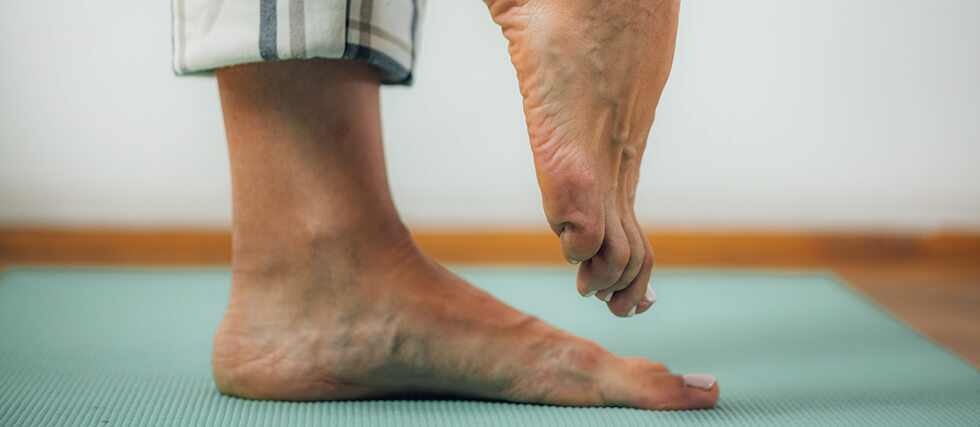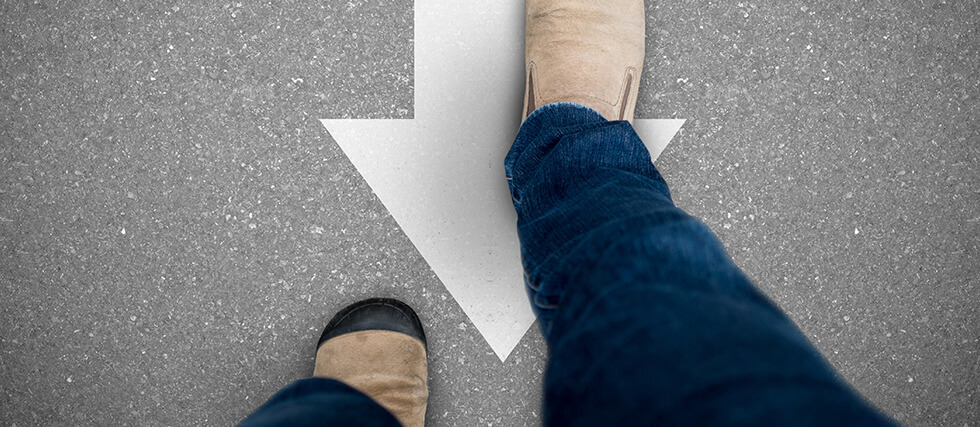Why You Should Stand on One Leg While Brushing Your Teeth
Brushing your teeth is a daily routine that takes about two minutes—usually done on autopilot. But what if you could use that time to improve your balance, strengthen your body, and even boost your brain health? The simple habit of standing on one leg while brushing your teeth can do all three.
1. Improves Balance and Stability
Balance tends to decline with age, but you don’t have to wait until it becomes a problem to train it. Standing on one leg activates stabilizing muscles in your feet, ankles, hips, and core. Over time, this helps improve your coordination and posture, reducing your risk of falls and injuries.
2. A Mini Workout Without Extra Time
If you struggle to fit movement into your day, this is a perfect hack. Standing on one leg turns a mundane task into a low-effort, strength-building exercise. Your glutes, thighs, and calves get a light but effective workout. Try alternating legs halfway through or raising your knee slightly to increase the challenge.
3. Boosts Brain Function
Balancing isn’t just physical—it also requires mental focus and proprioception (your brain’s awareness of body position). This small challenge engages neural pathways in the brain, which may help with cognitive health over time. It’s like sneaking in a brain teaser while you clean your teeth.
Want to step it up? Try closing your eyes or brushing with your non-dominant hand while balancing. Just be sure you’re in a safe space in case you wobble.
The next time you reach for your toothbrush, try standing on one leg. It’s a tiny habit with big benefits—and you’ve already got the time set aside.



